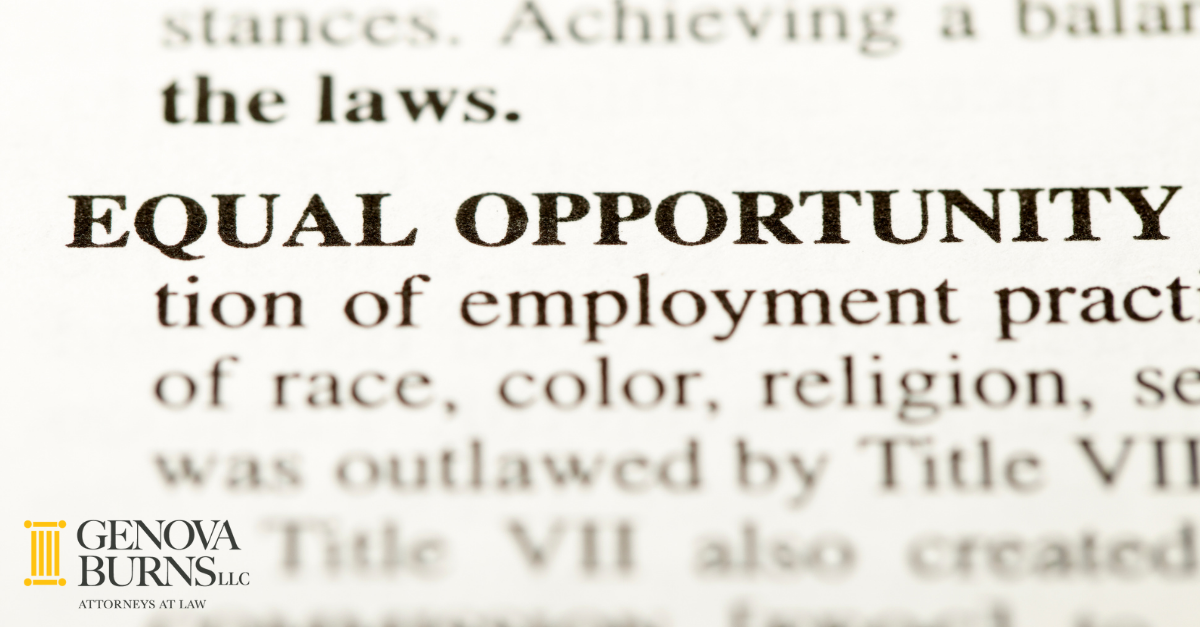A Unanimous Signal: Supreme Court Rejects Extra Hurdles For Reverse Discrimination Claims In Ames v. Ohio Department Of Youth Services
June 10, 2025 | By: Jamil AbuRoomi, J.D. Candidate, '26
Last week, the U.S. Supreme Court issued a unanimous decision in Ames v. Ohio Department of Youth Services, 605 U.S. ___ (2025). The case addressed whether plaintiffs from majority groups must meet a higher evidentiary standard to bring a discrimination claim under Title VII. The Court said no. It struck down a rule followed by several circuits that made it harder for majority-group plaintiffs to prove their case. For the first time in years, the Court made clear that Title VII claims are subject to the same standard, regardless of the plaintiff’s group identity.
Marlean Ames had been with the Ohio Department of Youth Services for over a decade and had advanced into significant roles by 2019. But when she applied for a management role that year, the job went to a lesbian colleague instead. Not long after, Ames was demoted from her existing position, which was then given to a gay man. Ames sued her employer under Title VII, alleging she was denied advancement and demoted because of her sexual orientation.
Despite meeting the usual Title VII requirements, the district court and the Sixth Circuit still ruled against Ames. The issue was that she couldn’t clear an extra requirement imposed by the Sixth Circuit—the “background circumstances” rule. Under the rule, plaintiffs like Ames had to offer further proof that their employer was “that unusual employer who discriminates against the majority.” The rule stems from the idea that discrimination against majority groups is unlikely and should require stronger proof.
Writing for the unanimous Court, Justice Jackson rejected that approach. She emphasized that Title VII’s text makes no distinction between majority and minority plaintiffs. The statute prohibits discrimination against “any individual” with respect to compensation or other terms of employment on the basis of race, color, religion, sex, or national origin.
Quoting prior precedent, Jackson wrote that “[d]iscriminatory preference for any group, minority or majority, is precisely and only what Congress has proscribed” in Title VII. The Sixth Circuit’s background circumstances rule “flouts that basic principle,” the opinion continued. “The standard for proving disparate treatment under Title VII does not vary based on whether or not the plaintiff is a member of a majority group”.
As Justice Jackson observed, this approach “uniformly subject[ed] all majority-group plaintiffs to the same, highly specific evidentiary standard in every case”. But, as the Court clarified, “the ‘precise requirements of a prima facie case can vary depending on the context and were ‘never intended to be rigid, mechanized, or ritualistic.’”
Justice Thomas, joined by Justice Gorsuch, authored a pointed concurrence that amplified the majority’s reasoning. He criticized the background circumstances rule as an example of how judicially-created doctrines can distort statutory text and create unnecessary confusion for courts and litigants. He also raised broader questions about whether the well-known McDonnell Douglas burden-shifting framework remains appropriate in Title VII cases.
This ruling is expected to increase claims from majority-group plaintiffs, especially in circuits that previously required the “background circumstances” showing. For questions and more information on this matter, please contact Partners Jennifer Borek, Esq. via telephone at 973.535.7107 or via email here or Brigette N. Eagan, Esq. via telephone at 973.535.7114 or via email here.
Tags: Genova Burns LLC • Jamil AbuRoomi • Jennifer Borek • Brigette N. Eagan • Title VII • Equal Opportunity • Congress • sexual orientation • Sixth Circuit Court of Appeals

